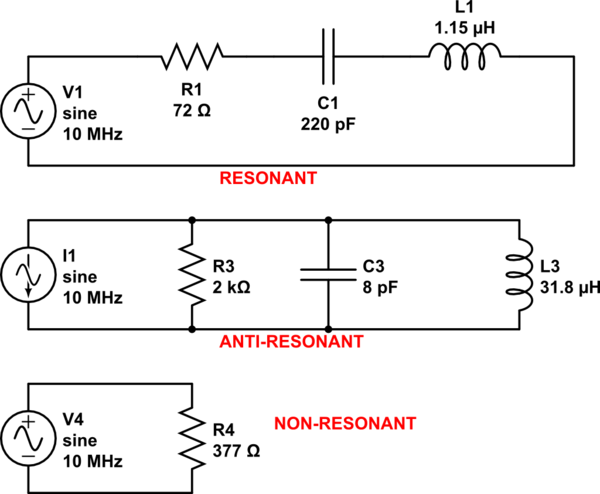Every reputable antenna book that I've read says that dipole antennas are resonant at integer multiples of a half wave length.
Wikipedia describes resonance as:
the phenomenon of increased amplitude that occurs when the frequency of a periodically applied force is equal or close to a natural frequency of the system on which it acts. When an oscillating force is applied at a resonant frequency of a dynamic system, the system will oscillate at a higher amplitude than when the same force is applied at other, non-resonant frequencies.
For a dipole to me this means that resonance occurs when an AC source is applied with frequency that has a wavelength which allows an increase in the amplitude of the standing wave on the antenna to occur, because the applied source "tops up" the circulating energy at exactly the right moments, due to the resonant length.
Everyone knows that a center fed resonant 1/2 wave dipole has a feed point impedance of about 70 ohms with no reactance.
There is no reactance because the length of the elements results in the current of the standing wave at the center feed point being in phase with the applied source, and the voltage of the standing wave at the feed point (which is always about 90 deg out of phase with the current of the standing wave everywhere on the antenna), is at the zero cross over point and so contributes no reactance to the feed point impedance.
So the impedance is low with no reactance.
My understanding is that only for a resonant dipole does there exist any points where if split at those points and used as the feed point there will be no reactance.
For dipoles which are odd multiples of a 1/2 wave of the frequency of the applied source in length, the points where there is no reactance are at the current maximums or current loops, because it is at those points that the current is in phase with the applied votage source and the out of phase voltage is at the zero crossing point.
For a full wave dipole with feed point at the center, the voltage of the standing wave at the feed point is in phase with the applied source and at a maximum value, whereas the current is 180 deg out of phase with the source but at the zero crossing point.
This means the feed point impedance is high with no reactance.
To me it seems that a full wave dipole is a resonant antenna, and if the feed point is in center it has a high non-reactive impedance.
There is of course an under-current in between the lines of this question, and that is the idea that reactance in the feed point impedance does not always mean not resonant, or in other words, a resonant antenna can have reactance in the feed point impedance, it just depends on where along the antenna length the feed point is. In fact it seems that resonance together with no reactance in the feed point impedance is the exception rather than the rule.
What am I missing?
Moderator Note: The same question was asked here at Amateur Radio.SE so interested readers may want to visit that page too. To avoid any appearance that this situation is the norm, duplicating questions across different SE sites is generally strongly discouraged.


